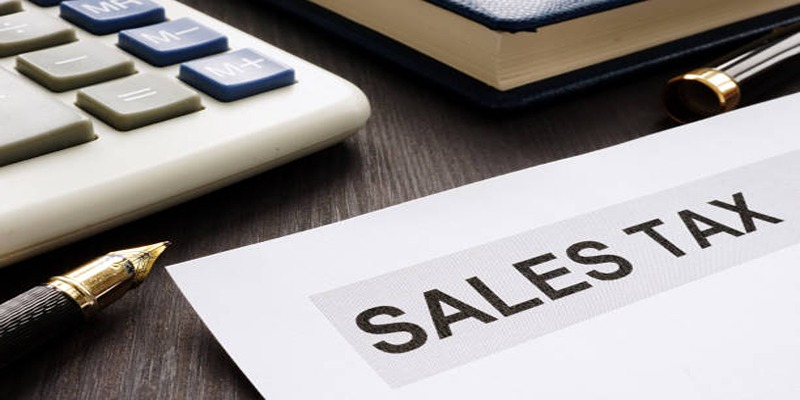Home maintenance budgeting can be stressful, especially with unexpected repair costs. But with a clear plan, you can keep your property in great condition without breaking the bank. In this blog, we’ll share ten practical tips to help you budget effectively for upkeep expenses, so you’re always prepared and in control. Say goodbye to financial surprises and hello to a well-maintained home!
Why Budgeting for Home Upkeep is Essential

Owning a home is not just about paying the mortgage. Regular maintenance is crucial to preserving its value and avoiding costly damage. From routine lawn care to unexpected plumbing fixes, these expenses can add up fast. Without a budget, you might find yourself unprepared for these costs, leading to unnecessary stress.
Luckily, proactive planning can make all the difference. Budgeting for upkeep ensures you’re financially prepared and helps you avoid larger, unexpected repairs down the road.
Step-by-Step Tips for Budgeting Your Home Maintenance
1. Estimate Annual Maintenance Costs
A good rule of thumb is to set aside 1% to 4% of your home's market value annually for maintenance. For example, if your home is worth $300,000, plan to save between $3,000 and $12,000 per year. The exact amount depends on factors like your home's age, location, and condition.
If you’re unsure where your home falls on this range, consider speaking with a real estate professional or contractor for guidance.
2. Break Expenses Into Categories
Organize your maintenance costs into categories, such as routine, seasonal, and emergency expenses.
- Routine: Lawn care, gutter cleaning, HVAC inspections.
- Seasonal: Snow removal, spring landscaping, sealing windows.
- Emergency: Plumbing leaks, broken appliances, storm damage.
This breakdown will help you allocate funds effectively and identify areas you might be overspending.
3. Create a Dedicated Home Maintenance Fund
Treat your home maintenance fund like an untouchable savings account. Preferably, open a high-yield savings account specifically for home upkeep. With consistent monthly contributions, you'll build a cushion for any home-related expense.
For example, if your yearly maintenance estimate is $6,000, aim to save $500 per month into this account.
4. Prioritize Preventative Maintenance
Preventative care is always cheaper than emergency fixes. Regular servicing of appliances, heating systems, and major components like your roof can catch small issues before they cost thousands to repair.
For example, scheduling a routine HVAC check might cost $100 to $150, but ignoring it could lead to a $5,000 system replacement.
5. Track Past Maintenance Expenses
Look back at your last two to three years of maintenance costs. What were your biggest expenses? Did any consistent patterns emerge (like AC repairs every summer)?
By analyzing past costs, you’ll have a clearer picture of what to expect yearly, allowing you to budget more accurately.
6. Take Seasonal Factors Into Account
Seasonal changes impact your home more than you might expect. If you live in colder climates, allocate extra funds for winterization and heating systems. On the other hand, those in warmer regions might need to focus more on A/C maintenance and landscaping during the summer months.
Research your area’s specific maintenance needs to avoid surprise costs.
7. Be Prepared for Unexpected Costs
Even with the best planning, emergencies happen. A burst pipe or a leaking roof can occur with little warning. This is why it’s essential to set aside at least 20% of your total maintenance budget for unexpected costs.
For instance, if you’ve planned for $6,000 in annual expenses, allocate $1,200 of that specifically for emergencies.
8. DIY When Possible
Not all maintenance requires professional help. Tasks like repainting walls, cleaning gutters, or fixing minor leaks can often be handled on your own with some basic tools and YouTube tutorials.
Of course, always know your limits. For complex tasks like electrical repairs, hire licensed professionals to avoid costly mistakes.
9. Shop Around for Services
When hiring contractors or service providers, don’t settle for the first quote you receive. Get at least three estimates and compare prices, reviews, and timelines.
Don’t forget to check for online discounts or bundle deals. For example, some companies offer incentives when you schedule multiple services (e.g., HVAC inspection and duct cleaning). Shopping around can save you hundreds annually.
10. Review and Adjust Your Budget Annually
Your budgeting process shouldn’t be static. Reassess your home upkeep expenses at least once a year. Has a new appliance warranty expired? Did a roof inspection reveal repairs needed in the near future?
Updating your budget ensures it accurately reflects your home’s needs. You’ll also be better prepared for large, occasional repairs like flooring replacements or exterior painting.
Long-Term Benefits of a Home Maintenance Budget

Creating and regularly reviewing a home upkeep budget does more than keep your finances in check. It ensures you’re taking good care of your investment, avoids potential safety hazards, and eliminates the stress of unexpected repairs. A well-maintained home also has long-term benefits such as:
- Preserving the value of your home: Regular maintenance helps prevent small issues from becoming big problems that could decrease the value of your home. Maintaining a clean and updated appearance can also attract potential buyers if you decide to sell in the future.
- Saving money on energy costs: Properly maintaining appliances, HVAC systems, and other household items can help them run more efficiently, saving you money on monthly energy bills.
- Ensuring the safety of your family: Regular inspections and maintenance can help identify potential hazards such as faulty wiring, leaks, or mold growth that could compromise the safety of your home and family.
- Creating a comfortable living space: A well-maintained home not only looks better but also provides a more comfortable living environment.
Conclusion
Budgeting for your home’s upkeep doesn’t need to be a daunting task. By applying these simple tips, you’ll feel more in control and better prepared for any financial challenges your home presents. Start building your home maintenance budget today and enjoy peace of mind knowing your largest investment is in good hands.












